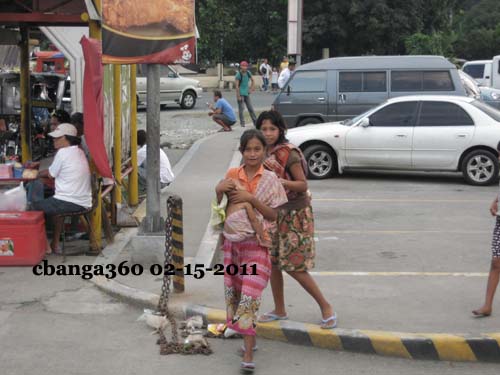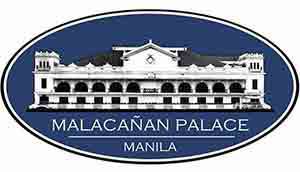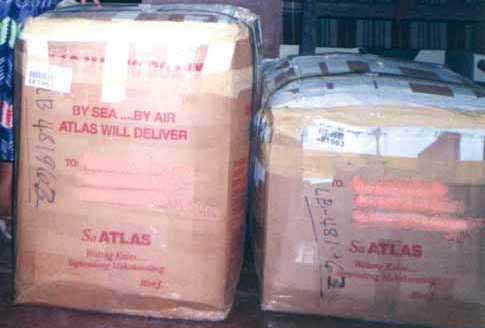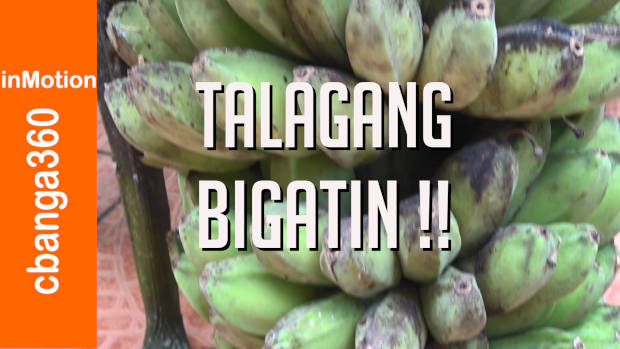
By Ibon Features
The National Statistical Coordination Board (NSCB) released its official poverty figures based on adjustments on the poverty estimation methodology, which the agency approved early this month. The new method supposedly estimates a food bundle, which is important because some three-fifths of the income of the poorest half of the population is spent on just food.
Research group IBON criticizes government’s new poverty methodology as unreflective of the real situation of poor Filipinos, saying that the adjustments made on the already-flawed methodology has further distorted the picture of poverty in the country.
The estimates are based on a “least cost” food bundle, which may not be available to most Filipinos. This bundle apparently also relies on “revealed preference” which seems to mean that it reflects actual spending, but may be a pattern of spending not so much by choice but rather forced on Filipinos who adjust their spending according to their poverty. According to the group, the experience of poor Filipinos on the ground is the strongest argument that the new poverty line is detached from everyday realities.
The revised methodology now pegs the official poverty threshold, or the amount supposedly necessary for a tolerable standard of living, at just PhP46 per person per day in 2009. This is lower than what would have been a national poverty line of PhP52 according to the old methodology, and effectively reduces the number of poor by 5.32 million without really improving the poverty situation.
If the original methodology was consistently used this would show that the number of poor Filipinos increased from 2006 by 850,000 to 28.5 million in 2009. It must be stressed that this is still a likely low estimate and assumes that a Filipino needs just P52 per day to stay out of poverty.
The research group says it is also disappointing that the government will only generate parallel estimates according to the old and new methodologies for just three years. This will make poverty estimates over time even more incomparable aside from, perhaps intentionally, giving the impression that poverty has been markedly decreasing. IBON also asks how the new methodology will affect the formulation of future poverty alleviation programs, especially amid rising prices and joblessness.
The government should cut poverty by increasing the incomes of Filipinos instead of reducing the poverty threshold. This is a similar situation to the change in the definition of unemployment in April 2005 under the previous Arroyo administration which statistically reduces the number of unemployed by some 1.5 million and the unemployment rate by around 3.6 percentage points without actually reducing the number of jobless Filipinos.
IBON Foundation, Inc. is an independent development institution established in 1978 that provides research, education, publications, information work and advocacy support on socioeconomic issues.
.
- Eco-airport of Bohol Panglao International opens for commercial flights - November 30, 2018
- Award for Mocha came from alumni group, not from UST - January 22, 2018
- Delos Santos stays as BuCor chief despite resignation, but for a while - July 17, 2017


























































